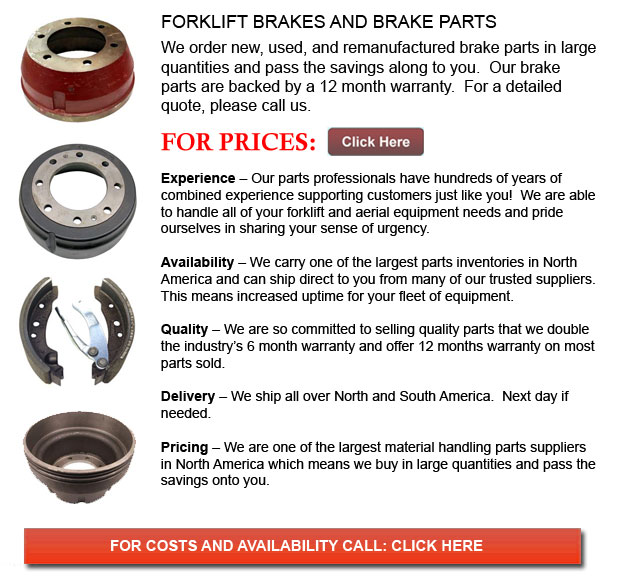
Forklift Brake - A brake drum is in which the friction is supplied by the brake shoes or brake pads. The pads or shoes press up against the rotating brake drum. There are some other brake drums kinds together with certain specific differences. A "break drum" would normally refer to when either shoes or pads press onto the interior surface of the drum. A "clasp brake" is the term used to describe when shoes press against the exterior of the drum. Another type of brake, known as a "band brake" utilizes a flexible band or belt to wrap around the outside of the drum. If the drum is pinched in between two shoes, it could be known as a "pinch brake drum." Like a conventional disc brake, these types of brakes are somewhat uncommon.
Old brake drums, prior to nineteen ninety five, required to be consistently adjusted in order to compensate for wear of the shoe and drum. "Low pedal" could cause the required modifications are not done sufficiently. The vehicle could become dangerous and the brakes can become ineffective if low pedal is combined together with brake fade.
There are a variety of Self Adjusting Brake Systems presented, and they could be categorized within two major types, RAD and RAI. RAI systems have built in devices which avoid the systems to recover if the brake is overheating. The most popular RAI manufacturers are Lucas, Bosch, AP and Bendix. The most famous RAD systems include AP, Bendix, Ford recovery systems and Volkswagen, VAG.
Self adjusting brakes normally use a device that engages only when the motor vehicle is being stopped from reverse motion. This stopping approach is satisfactory for use where all wheels make use of brake drums. The majority of vehicles these days utilize disc brakes on the front wheels. By working only in reverse it is less possible that the brakes will be applied while hot and the brake drums are expanded. If adjusted while hot, "dragging brakes" can take place, which raises fuel intake and accelerates wear. A ratchet device which becomes engaged as the hand brake is set is another way the self repositioning brakes could function. This means is only suitable in functions where rear brake drums are used. If the parking or emergency brake actuator lever goes over a particular amount of travel, the ratchet improvements an adjuster screw and the brake shoes move in the direction of the drum.
Placed at the base of the drum sits the manual adjustment knob. It can be tweaked using the hole on the other side of the wheel. You will have to go beneath the vehicle with a flathead screwdriver. It is extremely essential to be able to adjust every wheel evenly and to be able to move the click wheel properly since an uneven adjustment can pull the vehicle one side during heavy braking. The most effective method to make sure this tedious task is done safely is to either raise each and every wheel off the ground and spin it by hand while measuring how much force it takes and feeling if the shoes are dragging, or give every\each and every one the same amount of manual clicks and then perform a road test.
![]() Click to Download the pdf
Click to Download the pdf
Forklift Parts
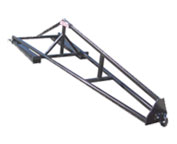
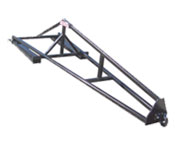
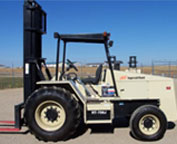
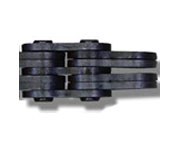
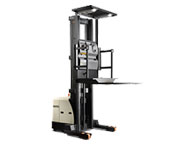
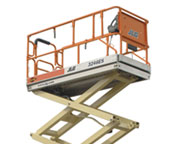
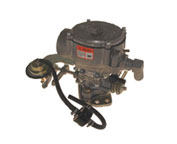
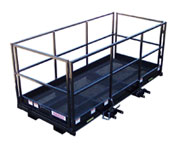
Lift Parts Express
TOLL FREE: 1-888-695-7994
LOCAL: 805-219-4019
237 TOWN CENTER W-136
Santa Maria, California
forkliftpartssantamaria.com
Email Us
About Us


